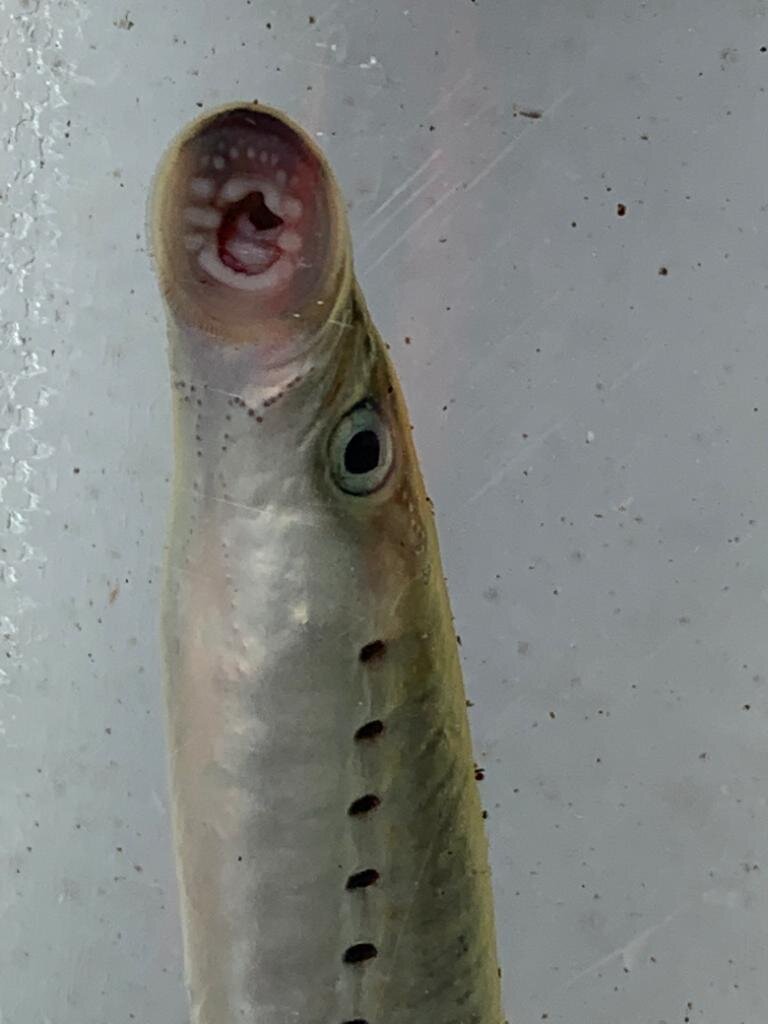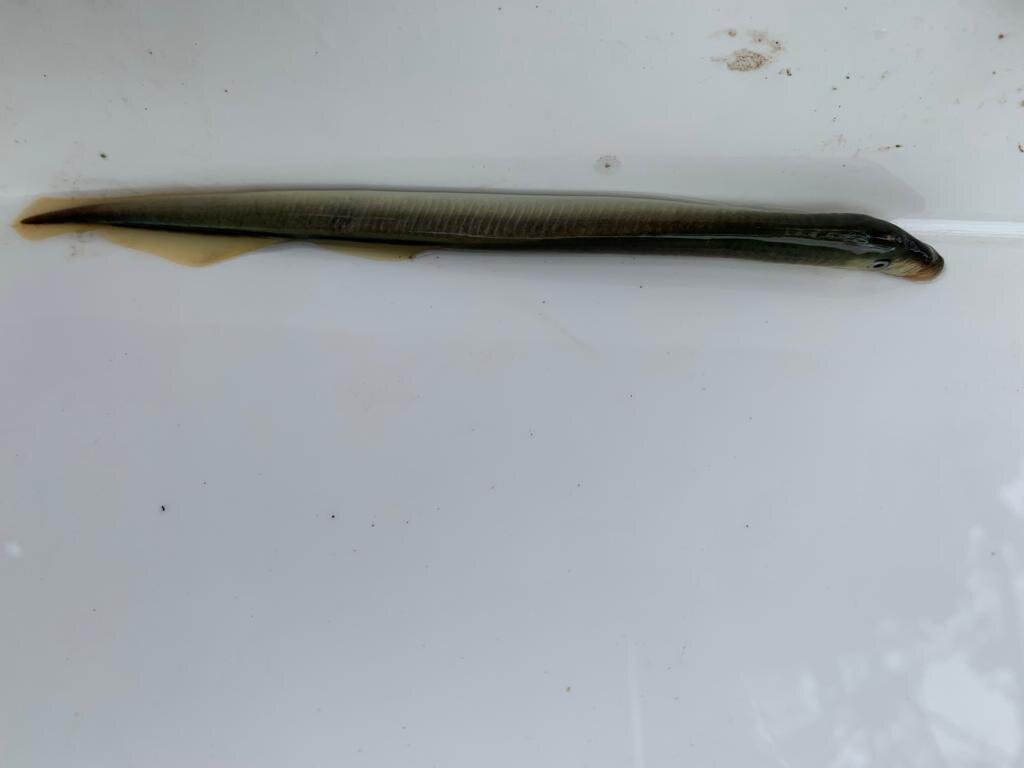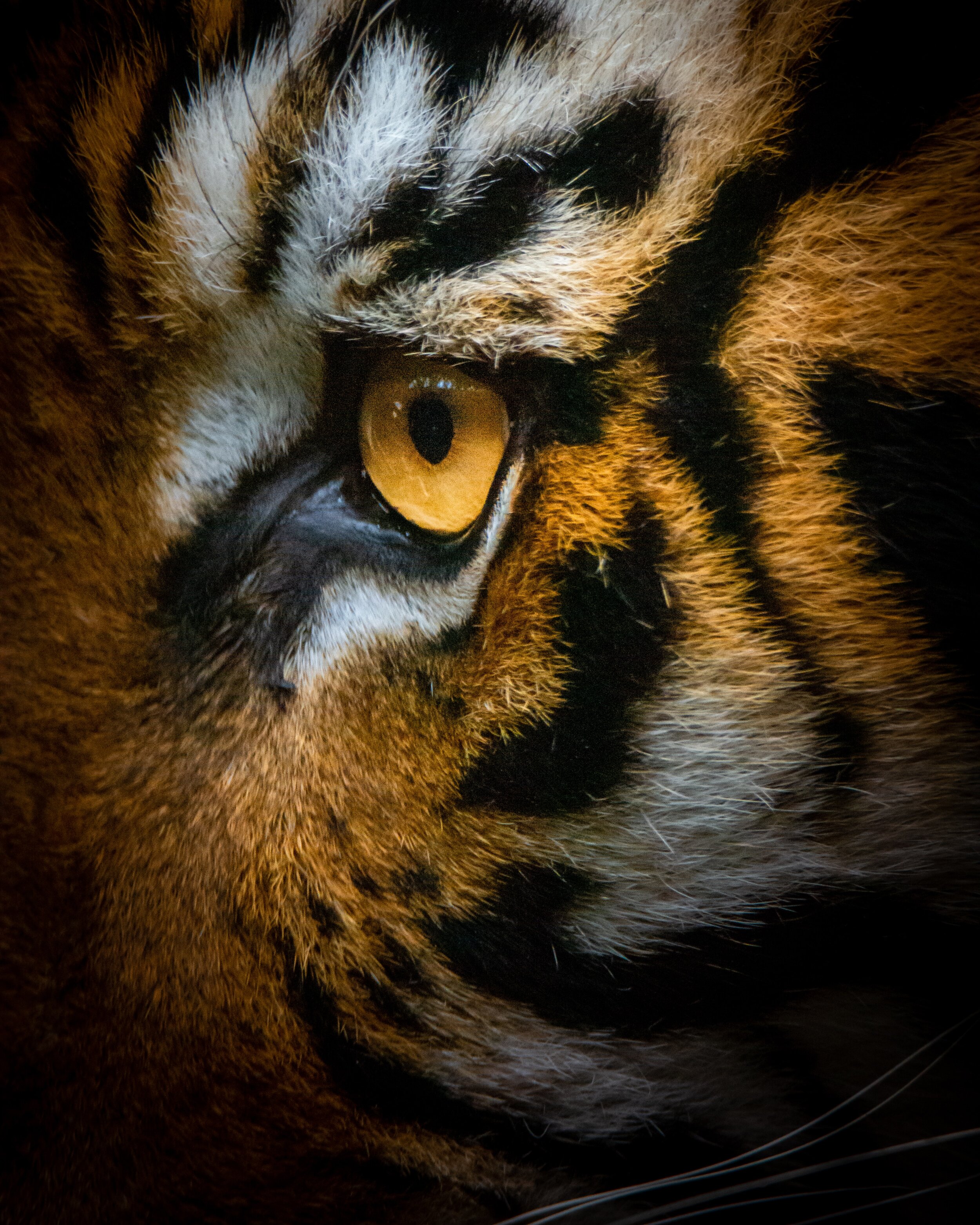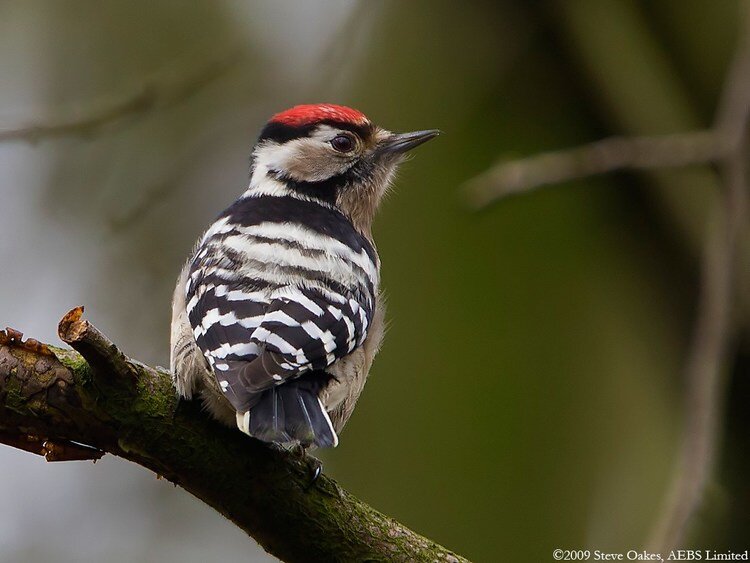By Matthew Davison
Having joined RSK Biocensus in early March 2021 as a Principal Aquatic Consultant, I have been working in support of an infrastructure project on the River Itchen in Hampshire. The scheme involves the installation of flood defence measures to safeguard commercial and residential properties downstream. However, as a classic example of a chalk river, the River Itchen supports high densities of European protected aquatic species and is therefore designated as a Special Area of Conservation (SAC).
Listed amongst the six Annex II qualifying species for the River Itchen SAC is brook lamprey Lampetra planeri. There are three species of lamprey in the UK, sea Petromyzon marinus, river Lampetra fluviatilis and brook. Brook lamprey are the smallest of the British species but are the most abundant and widespread. Lamprey belong to a primitive group of fishes dating back 200 million years, the Agnatha, which lack scales, paired fins and even jaws. Instead of jaws they have a characteristic sucker-like oral disc, which is used for attaching to a host (usually a larger fish) to allow ectoparasitic feeding (in most but not all species).


In popular culture, the species have been referenced by Tyrion Lannister who mentions eating a ‘lamprey pie’ in the fictional book and television series ‘A Game of Thrones’. The reference is likely drawn from the demise of King Henry I who allegedly died after eating a ‘surfeit’ of lamprey in 1135, but more likely suffered food poisoning. More recently the species has featured on the television series ‘River Monsters’ where the celebrity angler and presenter (Jeremy Wade) famously let one bite his neck.
In reality, lampreys are highly cryptic by nature making it rare to see them. Both the sea and river lamprey exhibit migratory (diadromous) behaviour much like that of a salmon whereby they spawn in freshwater but migrate out to sea to feed and mature. Brook lamprey, the smallest of the three UK species, is non-migratory and lives out its entire lifecycle within freshwater. The best time to see a lamprey is during the spawning season, which in the UK typically occurs in spring between March and early May when water temperatures reach 10℃. During this time lamprey may congregate in large numbers making them vulnerable to predators such as otter, birds, and other fish.
Spawning usually occurs in flowing water where the current is not too strong over sand, gravel and stones within which a shallow depression is formed much like a salmons redd (nest). These habitats are usually located in relatively shallow upstream environments at the lower end of pools or where the flow starts to form a riffle. Once the act of spawning is complete the adults succumb to the energetic costs completing their lifecycle.
After hatching, the larvae (ammocoetes) drift downstream in search of suitable nursery habitats. Nursery habitats generally consist of stable mud, silt, silty sandy accretions >15 cm depth that are relatively high in organic content located in shaded areas. Such habitats are usually associated with slow flowing environments such as the inside of tight meanders and other marginal habitats as well as downstream of structures such as berms or even bridge foundations. Importantly, rooted macrophyte (aquatic plants) also form nursery habitats by providing substrate stability, shade, and reduced water flow. It is therefore important to mange these environments and promote silt accretion to benefit lamprey, a fact that is often overlooked in river management today.
Ammocoetes may spend up to six and a half years inhabiting nursery environments before metamorphosising into adults, usually in late summer. Both the sea lamprey and river lamprey then migrate downstream. The smaller river lamprey has a limited range compared to that of the sea lamprey and will generally inhabit estuarine and coastal waters. However, sea lampreys migrate much further out to sea in search of larger prey including cod Gadhus morhua and even basking shark Cetorhinus maximus. Conversely, brook lamprey migrates upstream in search of suitable spawning habitat and does not feed as an adult. River lamprey and sea lamprey re-enter freshwater environments after reaching sexual maturity. All three species undergo upstream migrations, usually under the cover of darkness, in winter / early spring in search of suitable spawning habitat to complete their lifecycle.
The need to migrate makes lamprey particularly vulnerable to in river obstructions such as weirs and dams with all three UK species also being sensitive to pollution. These factors combined with habitat loss, miss management and perhaps the greatest threat, climate change, mean that concerted conservation efforts are needed to ensure the future of the species in the UK. Efforts are being made to improve understanding as demonstrated by the first catchment wide assessment of lamprey within the River Itchen SAC for which I was involved on behalf of Natural England. However, more can be done to promote awareness, remove barriers and improve habitat management strategies.
Anyone wishing to contact me to discuss the plight of lamprey or to seek advice in relation to an aquatic project (freshwater or marine) please feel free to reach out via my twitter account @MD_Anableps or LinkedIn (Matthew Davison). For more information about the services of RSK Biocensus visit rskgroup.com/rsk-biocensus.
Love British wildlife? Check out our designs of some of Britain’s most-loved, yet declining, wildlife species.
10% of the sale price of all products is donated to charities supporting conservation efforts.










































